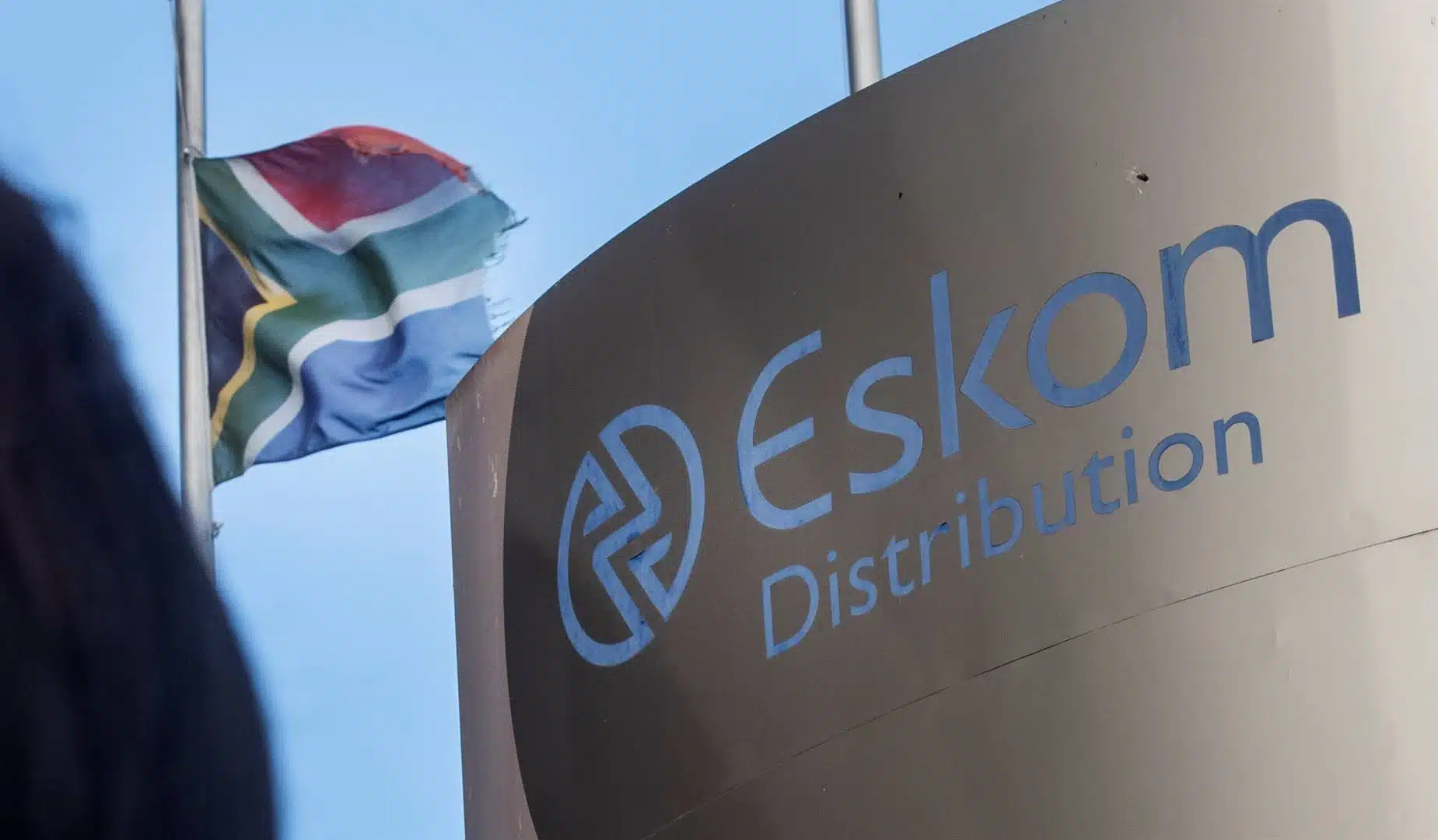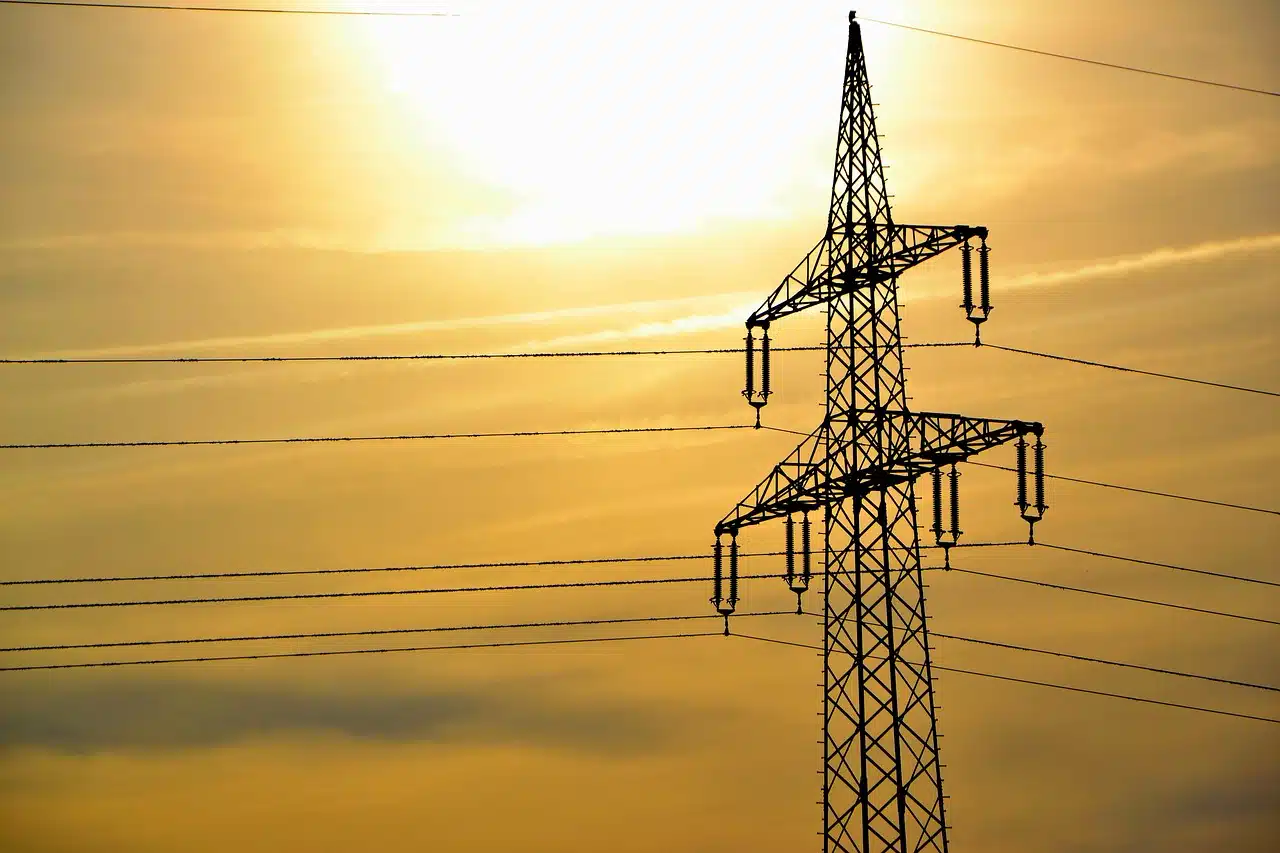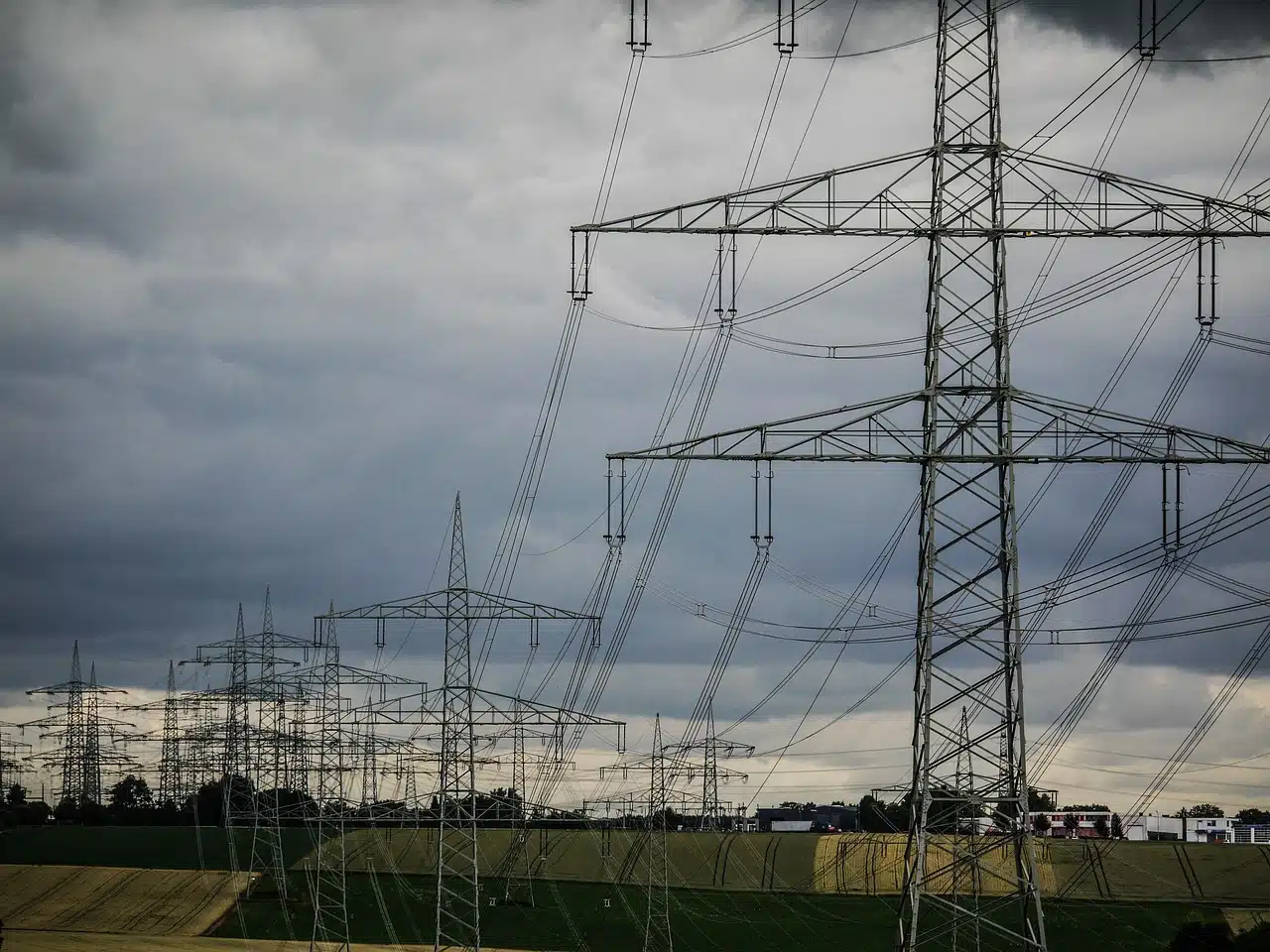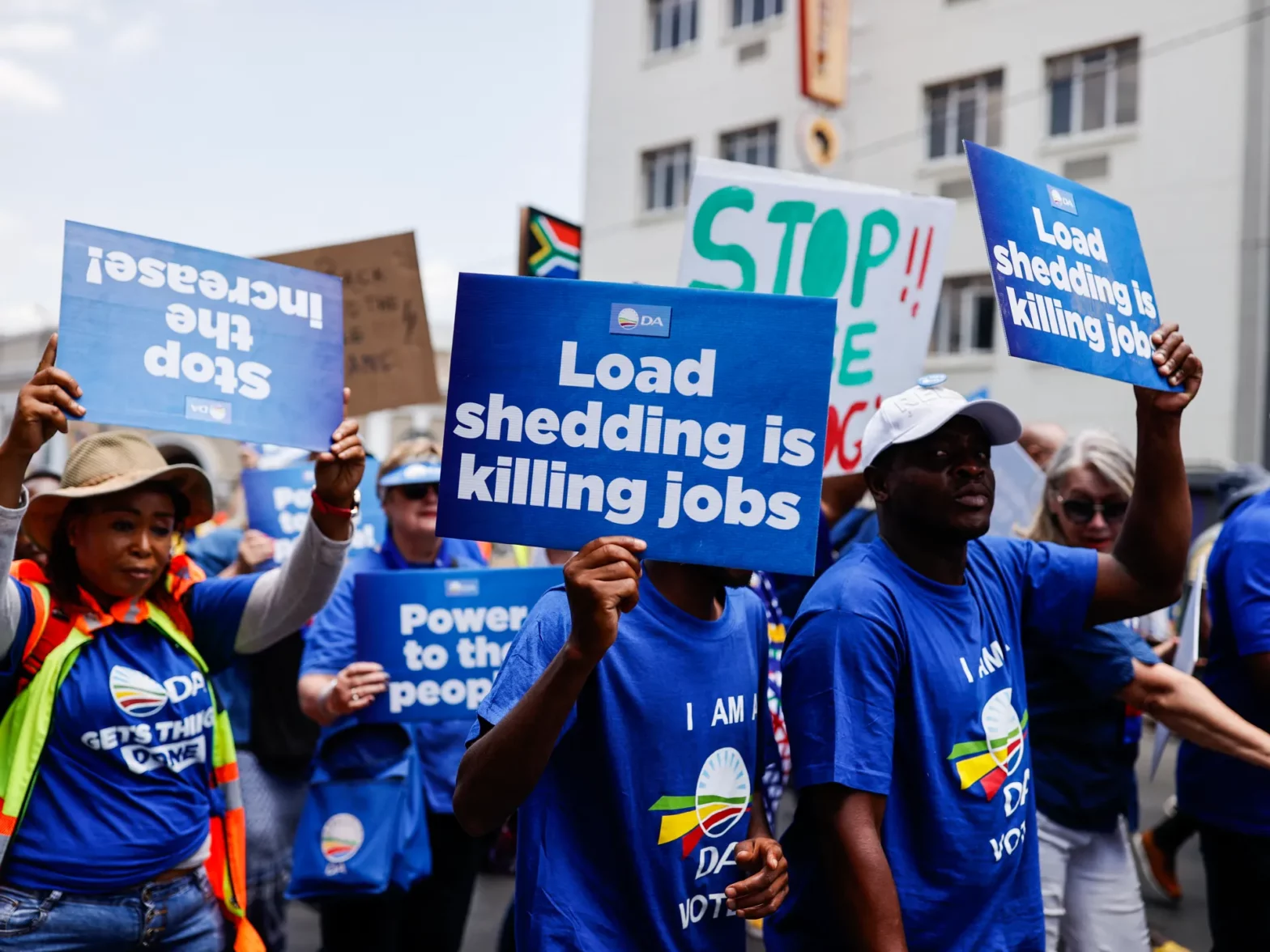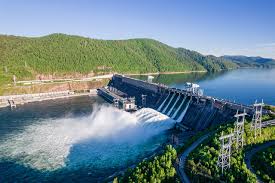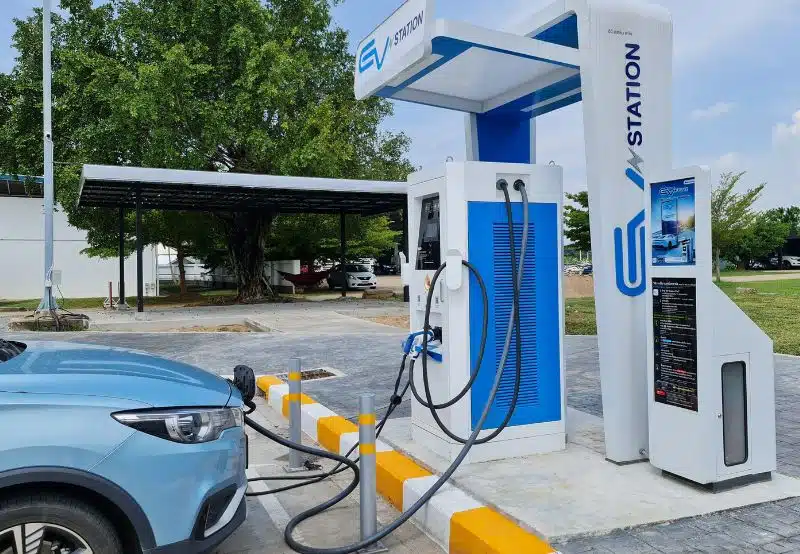Eskom has proposed substantial price hikes through 2027, projecting a 66% increase over the period.
This includes a 36.15% hike on 1 April 2025, followed by 11.91% on 1 April 2026, and 9.1% on 1 April 2027.
The primary drivers of these proposed increases are attributed to the cost of primary energy, operating expenses, the cost of independent power producers (IPPs), international purchases, and depreciation.
However, Dr Kgosientsho David Ramokgopa, the Minister of Electricity and Energy, raised concerns, describing the proposed hikes as “unsustainable.”
He warned that if left unaddressed, these increases could create a “perfect storm” capable of undermining a legitimate government and evolving into a “national security problem.”
The proposed 36% electricity tariff hike by Eskom has faced fierce public objections during a nationwide public hearing, which commenced on 18 November 2024. The hearings, hosted by the energy regulator, aim to gather public views on the proposed increases. Minister Ramokgopa previously conceded that the hikes are untenable.
Today, Eskom supplies over 80% of the electricity generated in South Africa, utilising various power sources, including coal-fired, hydroelectric, nuclear, pumped storage, wind, and diesel power stations.
In September 2024, Eskom submitted a revenue application to the regulator proposing electricity tariff increases of 36.15%, 11.91%, and 9.1% for the next three financial years.
Eskom argues that the multi-year price increases are essential to achieving a cost-reflective tariff that aligns with the actual costs of supplying electricity. However, the utility’s electricity tariff increases have been exorbitant in recent years—18% in 2023 and 13% in 2024—well above the inflation rate, which currently stands at 4.4%.
The high costs have prompted some companies to install their own power generation capacity and individuals to adopt rooftop solar systems. Consequently, electricity sales have fallen by about 2%, leading to reduced revenue.
This situation has also affected municipalities, the largest electricity distributors, which have been forced to increase their tariffs in line with Eskom’s hikes, passing these costs onto consumers.
Eskom attributes the tariff increases to rising costs of primary energy, depreciation, operating expenses, and international power purchases. Additionally, the utility claims the increases are necessary to recover revenue owed by municipalities.
Who will be affected?
Low-Income Households: Many South African households, including pensioners earning R2,190 per month, are already struggling to afford electricity, with average costs of R1,200 per household.
Small and Medium Enterprises (SMMEs): Higher electricity rates may hinder their growth and reduce competitiveness.
Local Governments: Municipalities already grappling with debt may find it challenging to maintain service delivery.
Energy-Intensive Sectors: Industries like manufacturing and agriculture could face reduced productivity and potential job losses.
How many hikes have there been recently?
South Africans have endured over 15 years of above-inflation tariff increases. In April 2024, Eskom implemented an 18.65% hike. With the proposed increases of 36.15% in 2025, 11.91% in 2026, and 9.1% in 2027, the cumulative rise will exceed 66% over three years.
Government’s reaction to proposed new rate
On their part, the South African government said the municipal debt as an existential threat to Eskom’s sustainability. Minister Ramokgopa stated that a significant proportion of South Africans live in poverty and cannot afford electricity, with pensioners being the hardest hit.
On average, low-income households pay R1,200 for electricity, leaving pensioners with less than half of their R2,190 monthly income after payment.
The government argues that the hikes are necessary to sustain electricity supply while transitioning to renewable energy sources. Although Ramokgopa acknowledges the hikes are unsustainable for low-income households, he insists they are unavoidable unless new relief strategies are implemented.
How are businesses coping?
Many businesses are adopting energy-saving technologies and transitioning to renewable energy solutions, such as solar power, to mitigate costs. Others, particularly in the manufacturing and agricultural sectors, are scaling down operations or reducing shifts to balance expenses.
The National Energy Regulator of South Africa (Nersa) is expected to announce its final decision on the proposed hikes by the end of January 2025.
Meanwhile, organisations like the Organisation Undoing Tax Abuse (OUTA) continue to challenge Eskom’s pricing model, urging for improved efficiency and a reassessment of the societal impact.
Comparison with Nigeria
As of March 2024, electricity costs for households in Nigeria were approximately 23 Nigerian Naira per kilowatt-hour (around 0.013 USD), while industrial rates were higher at about 36 NGN per kilowatt-hour (approximately 0.021 USD).
In South Africa, prepaid electricity prices increased by 12.74% in late 2024, rising from R1.84 per kilowatt-hour to R2.07. An average South African household consuming 350 kWh per month now spends around R724.50 (approximately 38 USD), significantly higher than the cost for Nigerian households using the same amount of electricity.
This comparison shows the affordability of electricity in Nigeria compared to South Africa. However, it also highlights disparities in energy infrastructure, supply-demand dynamics, and energy policies between the two nations.
South Africa’s electricity tariff hike presents a complex challenge. While Eskom seeks financial stability, consumers and businesses bear the increasing costs. Balancing cost recovery with affordability remains critical to ensuring sustainable economic growth and energy security.

